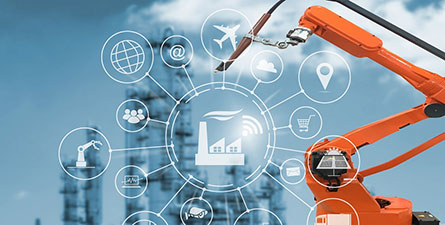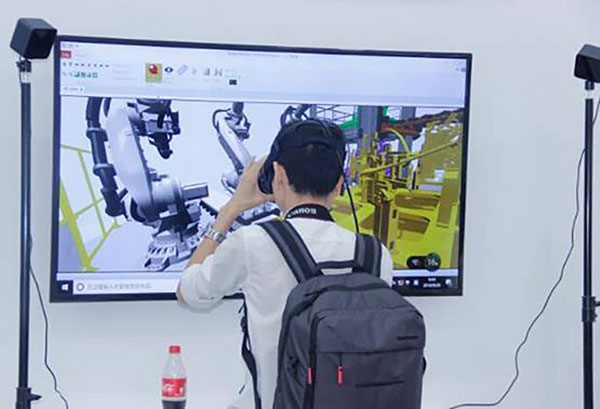News Center

In the scenario of Industry 4.0, the factory is becoming more and more intelligent, all equipment, product components and staff will be networked, between equipment and equipment, between equipment and people, people and products will be real-time information transmission, based on transparent information flow, the factory manufacturing process will become more coordinated, and ultimately help enterprises to resolve risks and maximize profitability.
In recent years, with breakthroughs in the Internet of Things and sensor technology, data acquisition has become easier and easier with the use of wireless or wired networks to connect all roles in the factory. At the heart of Industry 4.0 is data, and managers across industries are using data analytics to see new opportunities. Big data analytics can increase production by 20% to 25% and reduce downtime by 45%.
For a long time in the past, industrial robots can only perform simple or repetitive tasks, because it is just a programmed mechanical device, and the working mode is according to a fixed plan. Today, artificial intelligence and machine learning algorithms have made significant progress, based on the collection and analysis of large amounts of data and knowledge accumulation, machine systems have intelligence levels.

IBM's cognitive computing system Watson is a good example. Watson opens up a new computing model, which can collate and analyze large amounts of unstructured data to obtain answers to complex problems. The Watson system includes many innovations in information analysis, natural language processing and machine learning, which is an important scale for making computers intelligent.
Intelligent manufacturing contains many parts, the first is the data, computing and connection part, including big data, Internet of things and cloud computing technology, all facilities in the factory have the function of networking, allowing the large-scale use of sensors for data collection, but also requires powerful storage, transmission and processing.

Secondly, digital technology can be converted into physical operations, the main purpose is to reduce the cost of production, expand material selection and improve product accuracy and quality. For example, additive manufacturing is based on the complete inspection of digital models before 3D printing sanctions, which can avoid design errors and reduce material waste.
Industrial robots can reduce the heavy tasks of human beings, create a better working environment for employees, and improve the efficiency of work, so how to make good use of robots, human-machine interaction will be a very important part. With the popularity of man-machine collaboration mode, there will be more and more demand for human-machine interaction, and the breakthrough of interaction technology will bring new opportunities.

In the future, the control of the robot will no longer stay in the command control of the teaching device, and it can interact with more ways through voice, movement and posture. For example, exoskeleton robots, robot hands that mimic human hands, etc., can be controlled by wearing gloves, and human hand movements are transmitted to the robot hand.
(Source: Control Engineering Network)
Return to Overview